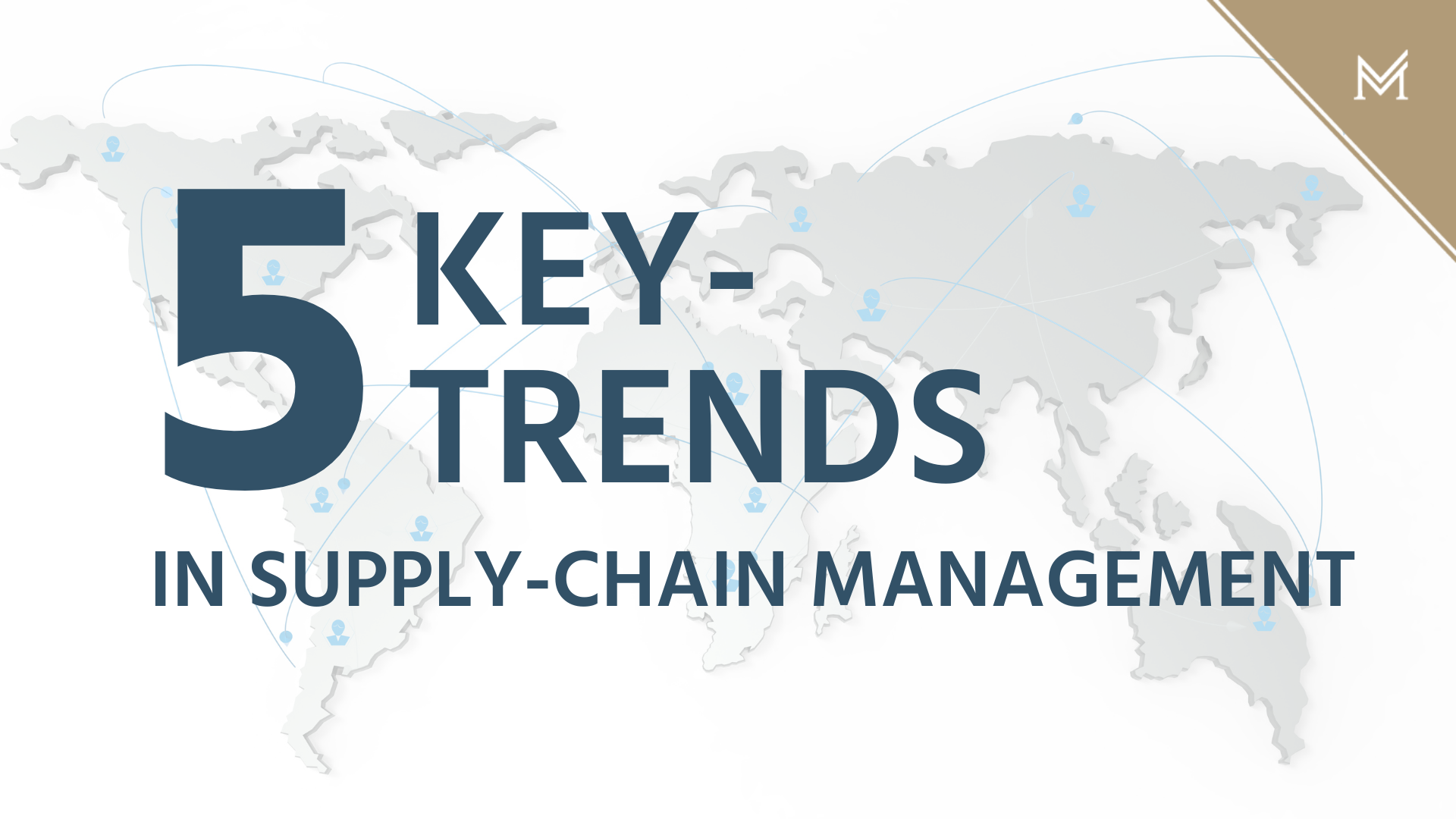
A few years ago, who would have anticipated that the words “supply chain” would become a regular feature in news headlines, and a talking-point outside of specialist circles? Yet in 2022 here we are – consumers are now far more aware of their dependence on complex global supply chains. At the same time, businesses know that supply chain management needs to keep improving in order to mitigate disruptions and potentially erratic fluctuations in demand, without compromising flexibility or efficiency. So, what trends do we see?
Predictive analytics for demand
After the erratic years we’ve experienced, is it any wonder that business managers are finding it hard to anticipate future demand levels? What was previously a challenging task has now become even more so. Demand could be simultaneously strong in Korea and weak in Japan, for instance – or even vary between cities in China if local lockdowns continue! It’s fair to say that simply extrapolating from past data is not going to be sufficient. Drawing on responses from more than 1000 supply chain and manufacturing leaders, MHI’s Innovation Driven Resilience (2021) reported that 44% of those companies would use predictive analytics within the following couple of years. With the use of such tools, demand scenarios can be modelled for different locales, taking into account seasonality, end-of-lifecycle issues, and possible new trends.
Diversification of supply
Dependence on a single company or region for supply can be a dangerous strategy, as some businesses have found to their cost. Having two suppliers from Shanghai for the same component, for instance, offers little protection when the container port there is jammed. Diversifying supply chains is a crucial way to ensure ongoing supply of critical components; smart managers will regularly re-asses the risks related to their suppliers, seeking out alternatives and nurturing supply chains that are sufficiently independent to not be adversely affected by a single event, whether political, natural, legal or otherwise.
Sustainability and governance
At the same time as reducing supply-chain risk, manufactures and brands are increasingly being driven by sustainability goals – reductions in the carbon-footprint of their products, and improvements in welfare and governance throughout their supply chain. For some this has resulted in a process of “onshoring” – for others it means ceasing to source from certain countries, because of human rights concerns, for instance. The trend towards total supply-chain responsibility is one which we see continuing for certain, and even gaining pace.
Digitization
The management of multiple complex demand scenarios together with diverse and changing supply chains can only be done effectively when supply chain management is fully digitised. By replacing previously analogue activities with digital ones and linking them together intelligently, demand predictions, supply-chain disruptions and changing inventory levels can be played out and analysed, allowing managers to review changing costs, and take mitigating actions. Such digitization is also essential in order to keep remote-working managers involved in the decision-making process, coordinate supply chain management across the globe and, where applicable, integrate e-commerce platform activities.
Warehouse automation
Though the initial outlay can be significant, top warehouse operators now increasingly choose to rely on automated solutions, including AI and robotics. MHI’s report stated that in 2021 38% were using robotics and automation of some kind, with that number set to increase to over 60 percent within one to two years. 15% claimed to have already achieved full warehouse automation. The most common use was in the area of picking, packing and sorting orders; loading and unloading, stacking, material movement, assembly, receiving, processing – all these previously labour-intensive activities are becoming automated at a rapid rate. Only 25% of those surveyed had no plans to use robotics or other automation.
These five trends are changing the face of supply chain management right now.
How does your business stack up?
Take a look at our logistics services or many others for the expansion to Asia.